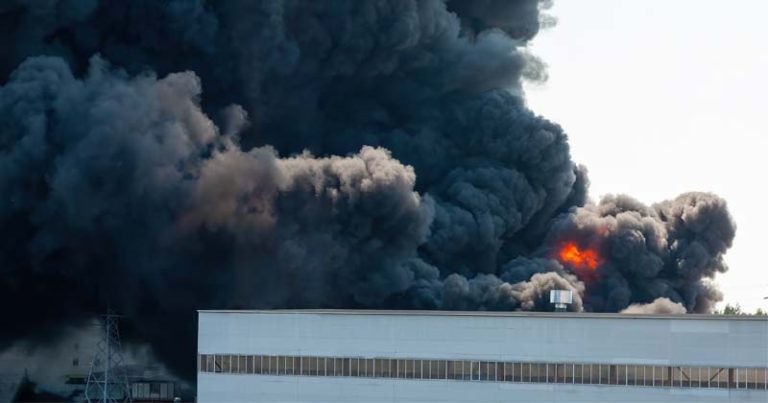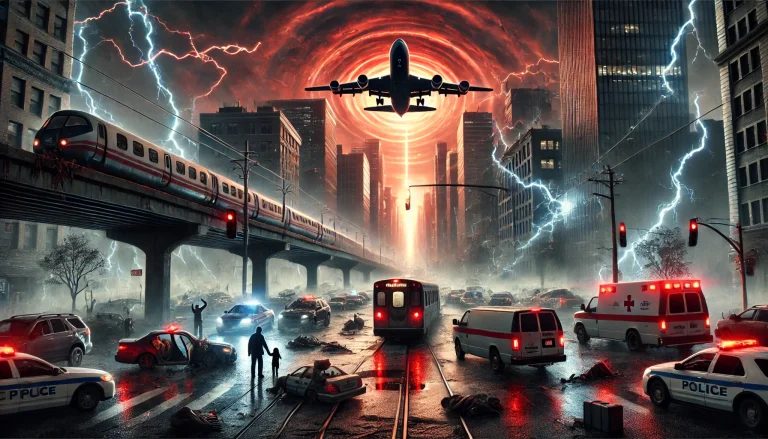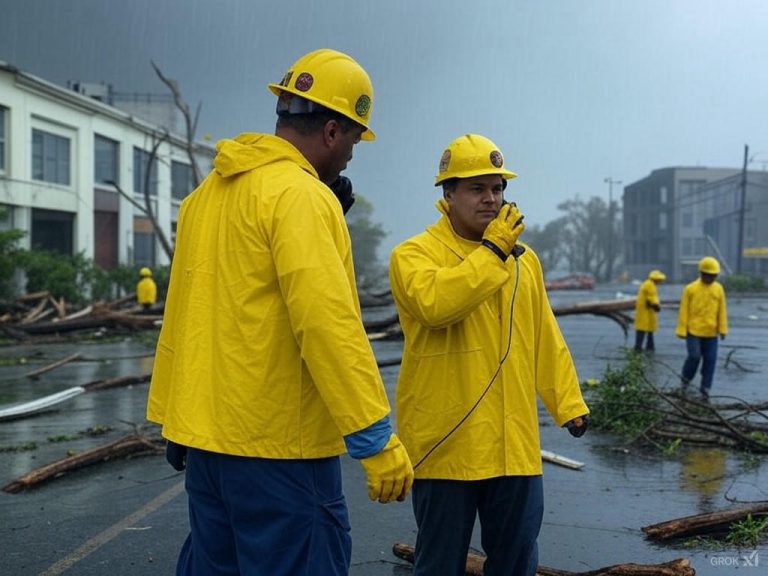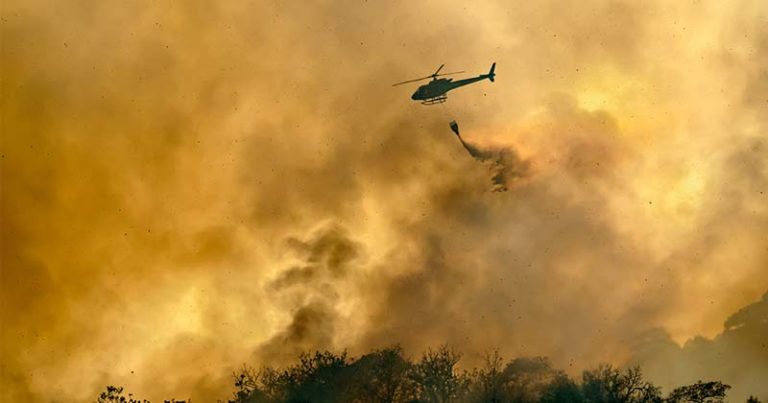All Types of Natural Disaster You Need to Know
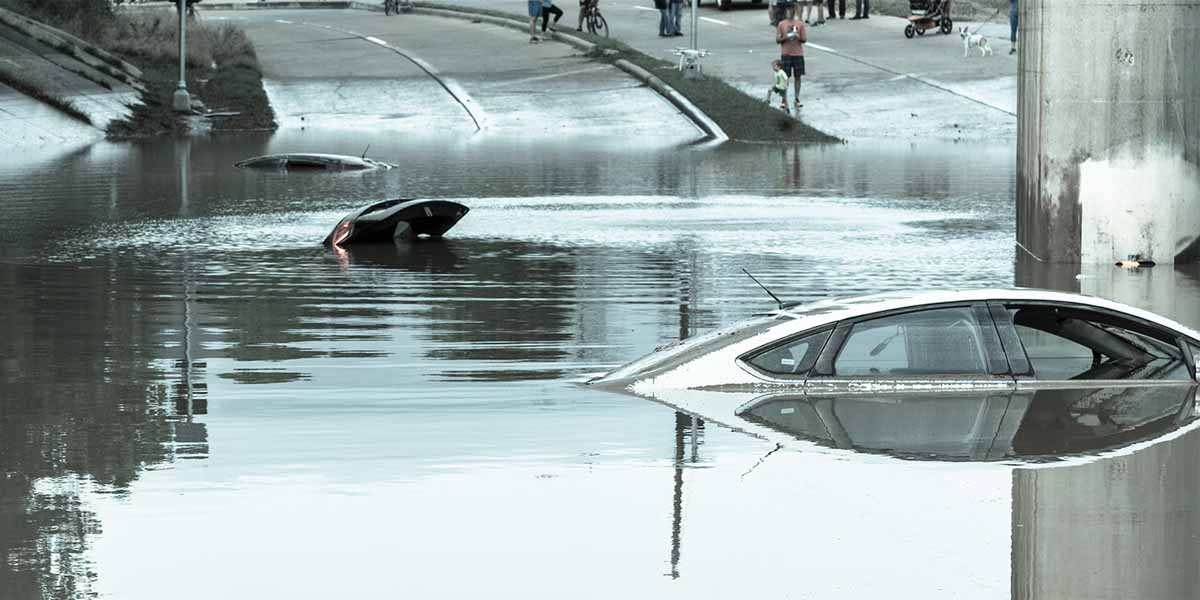
Natural disasters are powerful, unpredictable events that can dramatically reshape landscapes and communities in a matter of minutes—or gradually over time. From sudden earthquakes to slow-onset droughts, understanding the different types of natural disasters is key to preparedness and resilience. This article explores the main categories of natural disasters, their causes, and their impacts on the environment and society.
1. Earthquakes
Earthquakes occur when stress along the Earth’s tectonic plates is suddenly released, causing the ground to shake. They can range from barely perceptible tremors to massive events that cause significant destruction:
- Causes: Movement of tectonic plates, volcanic activity, or man-made events.
- Impacts: Structural damage, ground liquefaction, and triggering of secondary disasters like tsunamis and landslides.
- Preparedness: Building codes, early warning systems, and earthquake drills help mitigate damage.
2. Volcanic Eruptions
Volcanic eruptions are dramatic events where molten rock (magma), ash, and gases escape from beneath the Earth’s crust. These eruptions can vary widely in scale:
- Causes: Magma pressure buildup beneath the surface.
- Impacts: Lava flows, ash clouds, pyroclastic flows, and even climatic effects due to the release of volcanic gases.
- Preparedness: Monitoring volcanic activity and establishing exclusion zones around active volcanoes can reduce risks.
3. Tsunamis
Often triggered by undersea earthquakes or volcanic eruptions, tsunamis are enormous waves that travel great distances across the ocean:
- Causes: Seafloor displacement during earthquakes, volcanic explosions, or landslides.
- Impacts: Coastal flooding, loss of life, and widespread infrastructure damage.
- Preparedness: Tsunami warning systems and coastal evacuation plans are critical for saving lives.
4. Hurricanes, Typhoons, and Cyclones
These are essentially the same weather phenomenon—tropical cyclones—that occur in different parts of the world:
- Causes: Warm ocean waters create powerful low-pressure systems that can develop into hurricanes (Atlantic), typhoons (Western Pacific), or cyclones (Indian Ocean).
- Impacts: Extreme winds, torrential rains, storm surges, and flooding.
- Preparedness: Timely evacuations, storm shelters, and building reinforcements are essential measures during these events.
5. Tornadoes
Tornadoes are violently rotating columns of air that extend from a thunderstorm to the ground:
- Causes: Severe thunderstorms and atmospheric instability.
- Impacts: Localized yet intense destruction, with winds that can exceed 300 miles per hour.
- Preparedness: Warning systems, storm shelters, and community awareness programs help reduce casualties.
6. Floods
Flooding can occur for various reasons, including heavy rainfall, storm surges, or rapid snowmelt:
- Types: Flash floods, river floods, coastal floods, and urban floods.
- Impacts: Property damage, agricultural losses, water contamination, and displacement of populations.
- Preparedness: Floodplain management, levees, and community evacuation plans are critical in flood-prone areas.
7. Wildfires
Wildfires are uncontrolled fires that spread rapidly, consuming forests, grasslands, or urban areas:
- Causes: Drought, lightning strikes, human negligence, or arson.
- Impacts: Destruction of habitats, air pollution, property loss, and displacement of residents.
- Preparedness: Controlled burns, firebreaks, and community awareness can help manage wildfire risks.
8. Landslides and Avalanches
These events involve the rapid movement of soil, rock, or snow down a slope:
- Landslides: Often triggered by heavy rains, earthquakes, or deforestation, causing blockages in waterways and property damage.
- Avalanches: Occur in mountainous regions when snow becomes unstable.
- Impacts: Loss of life, infrastructure damage, and secondary effects such as flooding from blocked rivers.
- Preparedness: Monitoring slopes, weather conditions, and implementing early warning systems are key.
9. Drought
Drought is a prolonged period of abnormally low rainfall, leading to a severe water shortage:
- Causes: Climate change, deforestation, and shifts in weather patterns.
- Impacts: Crop failures, water scarcity, economic stress, and increased risk of wildfires.
- Preparedness: Water conservation measures, sustainable agriculture practices, and drought-resistant crops can help communities adapt.
10. Other Notable Natural Disasters
In addition to the major types listed above, other natural events can also have significant impacts:
- Dust Storms: Often occur in arid regions, reducing air quality and visibility.
- Hail Storms: Can damage crops, vehicles, and buildings.
- Extreme Weather: Heatwaves and severe winter storms also pose risks to health and infrastructure.
Conclusion
Natural disasters come in many forms, each with unique causes and impacts. Understanding these events is crucial for planning and mitigating their effects on our communities and the environment. By staying informed and prepared, individuals and governments alike can work together to reduce the damage caused by these unpredictable natural events. Whether through improved infrastructure, advanced warning systems, or community preparedness programs, the goal is to protect lives and livelihoods against the forces of nature.
Stay aware, plan ahead, and know the risks in your area to ensure you’re ready to face any natural disaster that comes your way.

